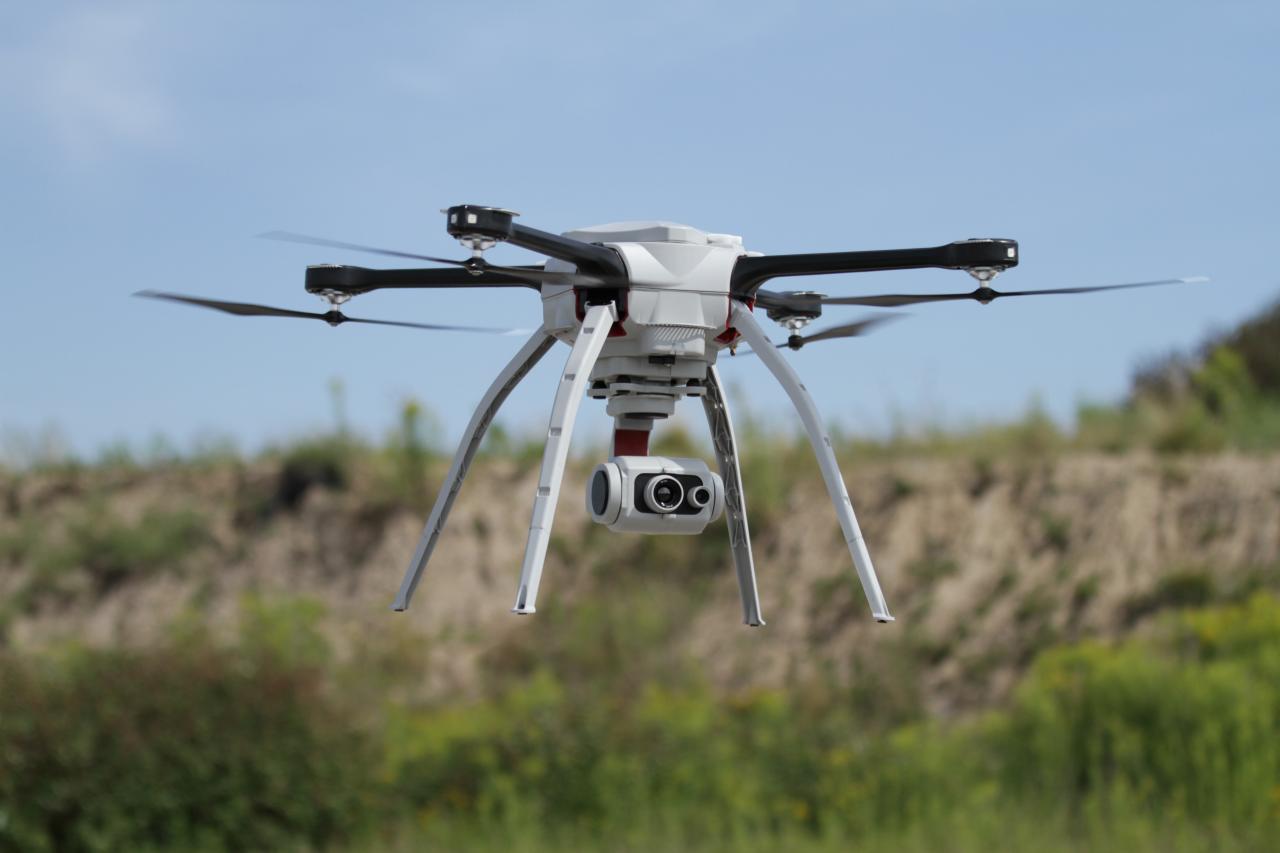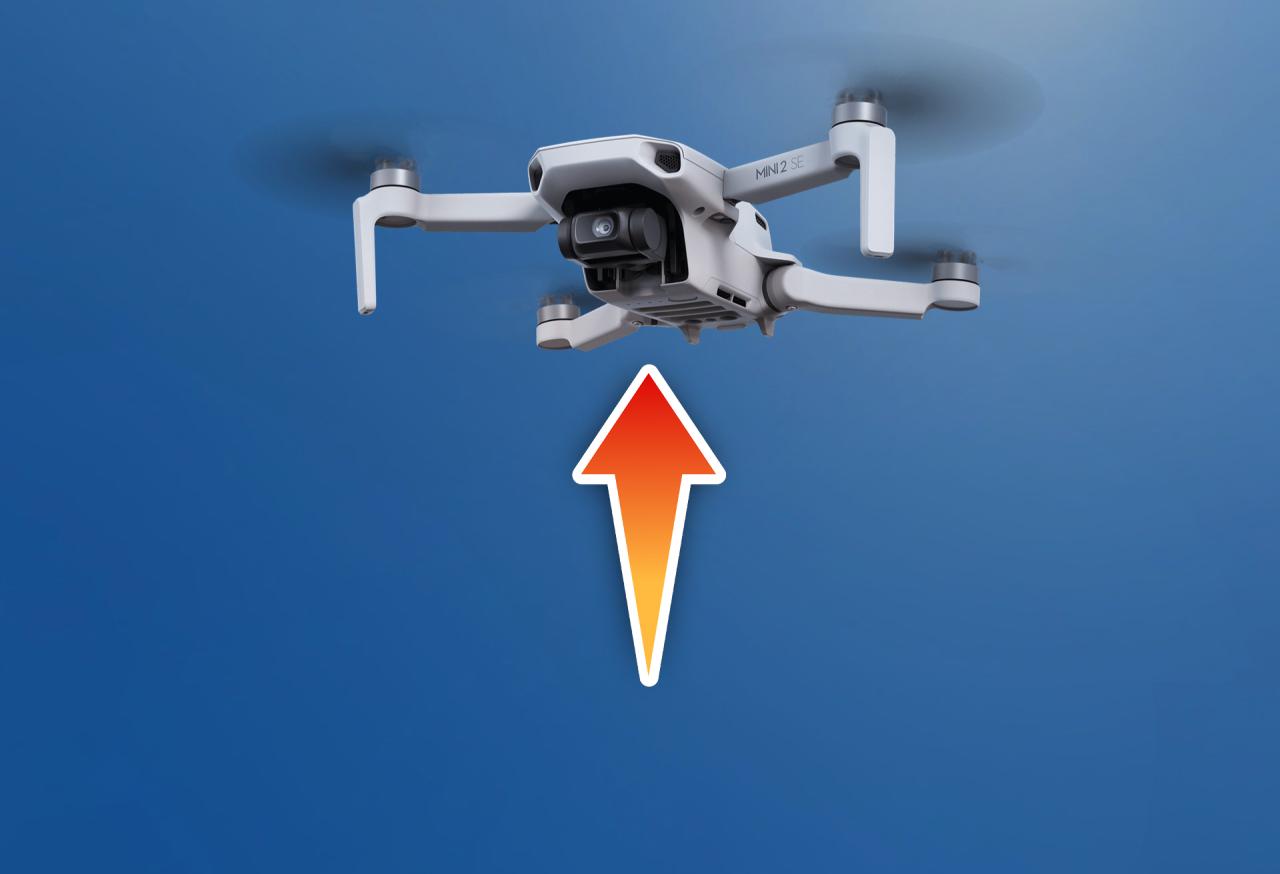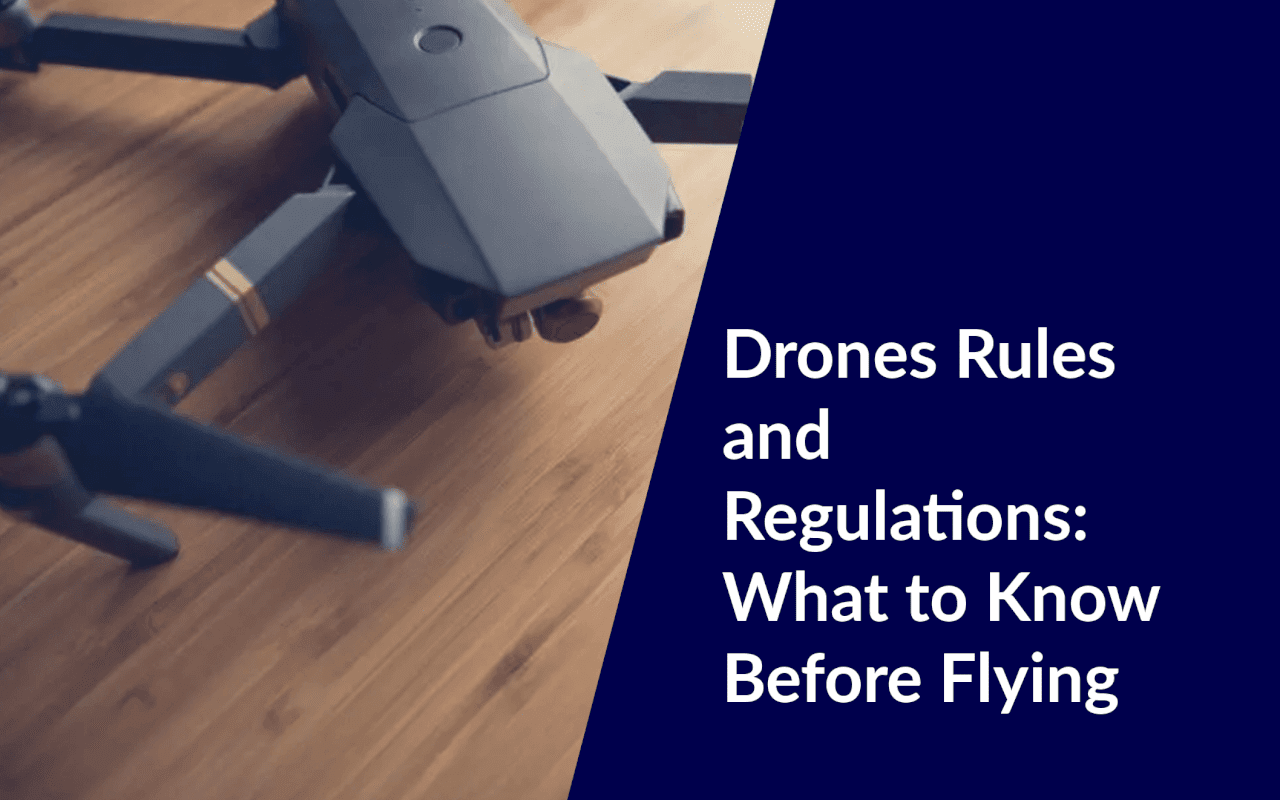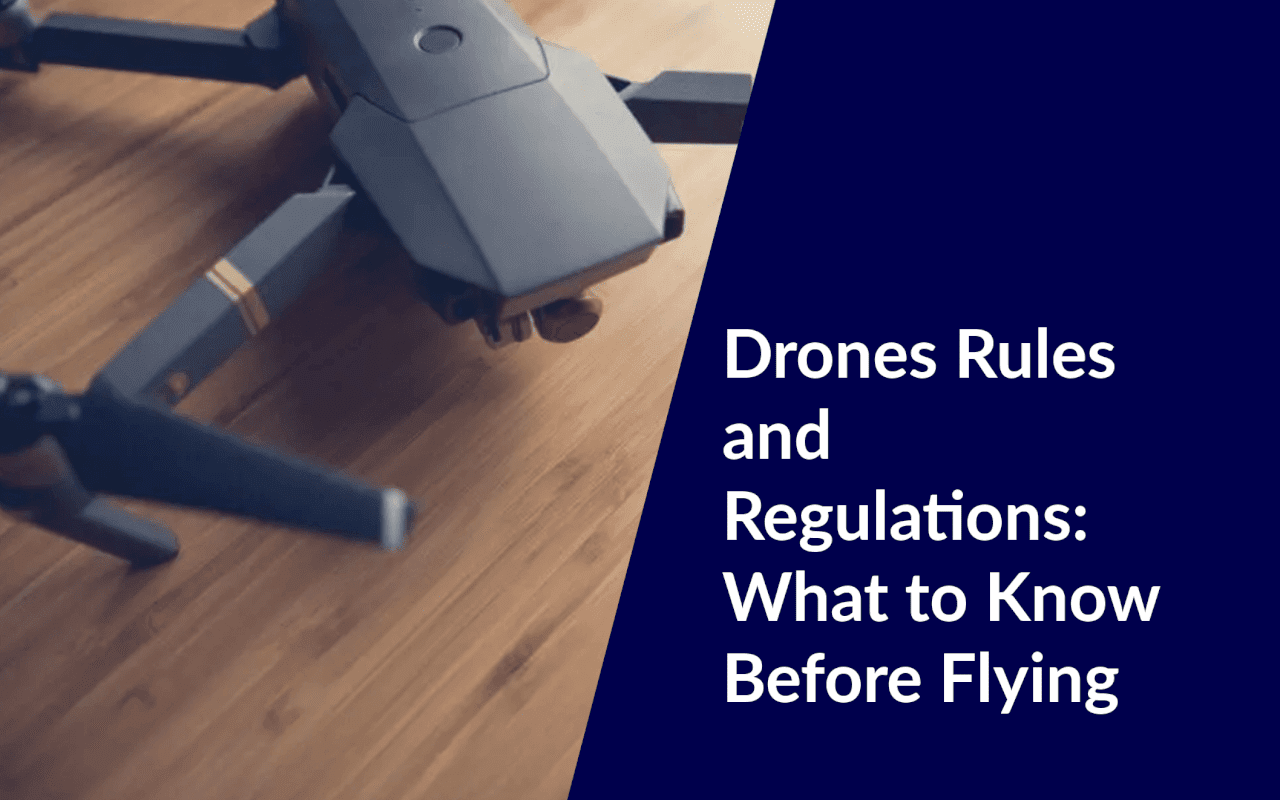Canada Drone Laws Under 250g: So you’ve got a tiny drone, weighing less than 250 grams? Awesome! But before you take to the skies, understanding Canadian regulations is crucial. This guide breaks down the essential rules, from registration and flight restrictions to safety tips and legal implications. We’ll cover everything you need to know to fly responsibly and legally.
This guide covers the basics of registering your sub-250g drone, navigating airspace restrictions (especially around airports and populated areas), and adhering to crucial safety guidelines. We’ll also discuss the legal implications of your drone flights, including privacy concerns and potential penalties for non-compliance. Think of this as your pocket-sized guide to safe and legal drone operation in Canada.
Drone Registration in Canada: Under 250g
Operating a drone in Canada, even one weighing under 250 grams, requires understanding and adhering to Transport Canada’s regulations. While lighter drones might seem less impactful, they still pose potential risks and require responsible operation. This guide Artikels the key aspects of drone registration, flight restrictions, safety procedures, and legal implications for sub-250g drones in Canada.
Drone Registration Requirements for Sub-250g Drones
Although drones under 250g are exempt from the mandatory registration process, Transport Canada strongly encourages registering all drones, regardless of weight. This helps in identifying owners in case of accidents or incidents. Registration is free and simple.
While not mandatory, registering your sub-250g drone provides several benefits, including easier identification in case of an incident and access to helpful resources and updates from Transport Canada. The information required is minimal, and the process is entirely online.
Okay, so you’re flying a drone under 250g in Canada? Sweet! Remember to check those basic flight rules. But hey, what if you’re on a BC Ferries and need to plan your flight? You might want to check their wifi availability first, especially if you need to access flight planning apps – check out their wifi info here: bc ferries wifi.
Knowing the wifi situation helps you plan your drone operation better, especially when you factor in Canada’s drone regulations under 250g.
The online registration process involves providing basic information about yourself and the drone. You will need your personal details and the drone’s serial number (if available). Once registered, you will receive a confirmation number. Transport Canada provides comprehensive instructions on their website.
| Feature | Drones Under 250g | Drones Over 250g |
|---|---|---|
| Registration | Recommended, but not mandatory | Mandatory |
| Pilot Certificate | Not required | May be required depending on intended use |
| Operational Restrictions | Subject to airspace restrictions and other regulations | Subject to stricter airspace restrictions and other regulations |
| Liability | Operator remains fully liable for any damage or incident | Operator remains fully liable for any damage or incident |
Flight Restrictions and Regulations for Sub-250g Drones

Even though sub-250g drones are not subject to the same stringent registration requirements as heavier drones, they are still bound by several crucial flight restrictions to ensure safety and prevent accidents. Understanding these rules is paramount for responsible operation.
- Airspace Restrictions: Flying near airports, heliports, and other controlled airspace is strictly prohibited without prior authorization. Check the Canadian Aviation Regulations for designated no-fly zones.
- Populated Areas: Flying over or near people without their consent is generally prohibited. Maintaining a safe distance is crucial.
- Critical Infrastructure: Flying near power lines, bridges, and other critical infrastructure is dangerous and often illegal.
- Visual Line of Sight (VLOS): You must maintain visual contact with your drone at all times during operation. Never fly beyond your visual range.
- Prohibited Situations: Flying during adverse weather conditions (e.g., strong winds, heavy rain, snow), at night without appropriate lighting, or under the influence of alcohol or drugs is strictly prohibited.
Safety Guidelines and Best Practices for Operating Sub-250g Drones
Safe drone operation is not just about following regulations; it’s about responsible behavior and risk mitigation. A comprehensive pre-flight checklist and adherence to best practices are essential.
Before each flight, perform a thorough pre-flight inspection, checking battery levels, propeller integrity, and overall drone functionality. In case of malfunctions, know how to implement emergency procedures, such as an immediate descent or safe landing. Always fly responsibly near people and property, maintaining a safe distance and respecting privacy.
- Pre-flight Checklist: Battery charge, propeller condition, GPS signal, controller connectivity, weather conditions, airspace restrictions.
- Recommended Safety Equipment: Spare batteries, extra propellers, a carrying case, and possibly a first-aid kit.
- Emergency Procedures: Know how to initiate an emergency landing, how to use the “return to home” function (if applicable), and be prepared for unexpected events.
- Responsible Operation: Maintain a safe distance from people and property, avoid flying over crowds, and obtain permission before flying near private property.
Privacy Considerations and Legal Implications of Drone Usage
Using a drone to capture images or videos raises significant privacy concerns. It’s crucial to understand the legal boundaries surrounding data collection and sharing.
Canadian law protects individuals’ privacy. Unauthorized filming or photography of private property or individuals can lead to legal repercussions. The dissemination of such material without consent is also a serious offense. While the specific regulations vary, it’s generally illegal to capture images or videos of individuals without their consent unless it’s in a public space and the footage is incidental.
It is essential to carefully consider the privacy implications before using a drone for any photography or videography.
Consequences of Non-Compliance with Drone Laws, Canada drone laws under 250g

Violating Canadian drone regulations can result in significant penalties, ranging from fines to legal action. Transport Canada actively enforces these regulations to ensure safety and responsible drone operation.
- Fines: Significant monetary penalties can be imposed for violations.
- Legal Action: Serious violations may lead to court appearances and further legal consequences.
- Drone Seizure: In certain cases, the drone itself may be confiscated.
- Reporting Unsafe Activity: Report unsafe or illegal drone activity to the appropriate authorities.
Resources and Further Information on Canadian Drone Regulations

For comprehensive information and updates on Canadian drone regulations, refer to Transport Canada’s official website and related publications. They provide detailed guidelines, FAQs, and contact information for any inquiries.
- Transport Canada Website: [Insert link to Transport Canada’s drone regulations page]
- Contact Information: [Insert contact information for Transport Canada’s drone regulation enforcement]
- Educational Resources: [Insert links to relevant educational resources and training programs]
- FAQs: [Insert links to FAQs sections on Transport Canada’s website]
Closing Summary
Flying a drone in Canada, even a lightweight one, requires responsibility and awareness of the law. By understanding the regulations surrounding sub-250g drones and following best practices, you can ensure a safe and enjoyable flying experience while respecting the rights and safety of others. Remember to always check for updates to regulations and prioritize safe operation. Happy flying!
Okay, so you’re looking at Canada’s drone laws for those under 250g? Pretty straightforward, generally speaking. But to get a better sense of the broader airspace concerns, check out this link on US drone sightings ; it helps put things in perspective. Understanding those trends can actually inform your approach to responsible flying under Canadian regulations, even for lightweight drones.
FAQ Overview: Canada Drone Laws Under 250g
Do I need a pilot’s license to fly a drone under 250g in Canada?
No, you don’t need a pilot’s license for drones under 250g. However, you still need to follow all other regulations.
Can I fly my sub-250g drone at night?
Generally, night flights are restricted. Check Transport Canada’s guidelines for specific exceptions.
What happens if my drone malfunctions and causes damage?
You are liable for any damage caused by your drone, regardless of its weight. Insurance is highly recommended.
Where can I find official information on Canadian drone regulations?
Okay, so you’re flying drones under 250g in Canada? That means you’re likely exempt from some of the stricter registration rules, but you still need to know the basics. To stay up-to-date on any changes, check out the latest info at drone news today for all the current happenings. Remember, always fly safely and responsibly, even with lighter drones; Canadian airspace rules still apply!
Visit the Transport Canada website for the most up-to-date information and guidelines.
